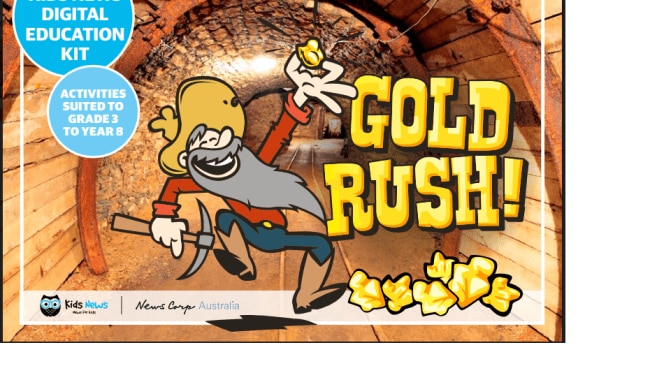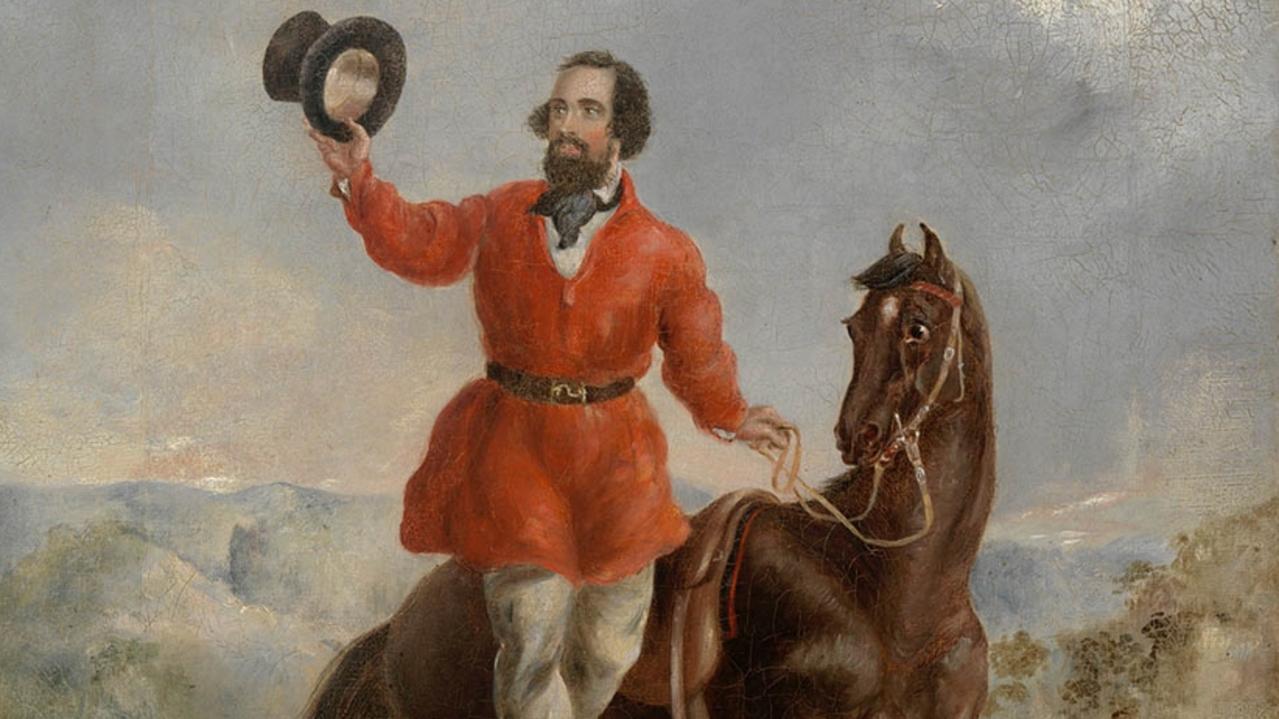There are many ways to mine for gold, but all of them are hard work
LIFE AS A MINER: There are stories of miners tripping over nuggets of gold. Yes, really! But most people had to work much, much harder to find their fortune
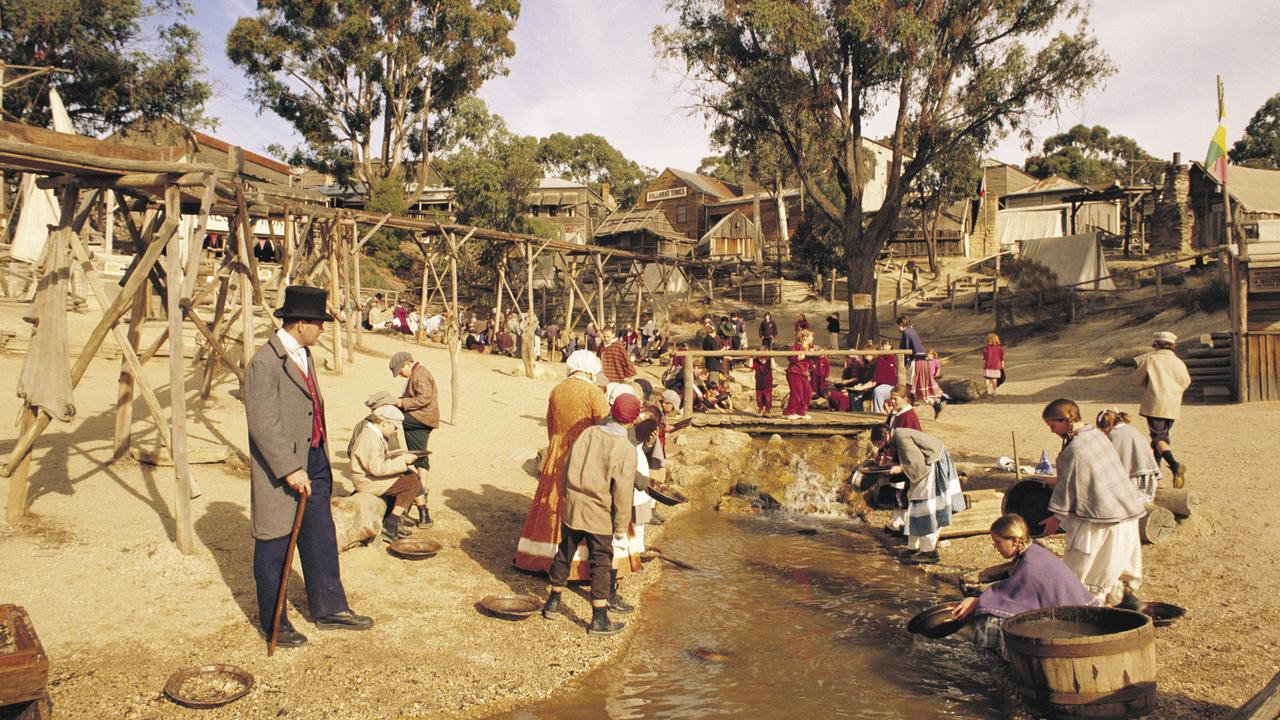
READING LEVEL: GREEN
WHAT YOU NEED TO BECOME A MINER
Step 1: Buy as much as you can before you get to the goldfields, where everything is much more expensive. Unfortunately, you probably don’t have much money, which is why you want to strike it rich!
Remember that you’ll have to carry everything you own all the way to the goldfields. You’ll definitely need enough clothing and bedding to keep you warm on frosty winter nights or to keep the sun off in summer. Buy enough food for the big journey to the goldfields. You’ll need cooking equipment, something to start a fire with and simple mining equipment such as a shovel, a pick, a gold pan, a bucket and perhaps a wheelbarrow.
Step 2: Travel to the goldfields, either on a coach or by walking. Plan for a three-day walk at least and a coach isn’t much faster.

Step 3. Buy a miners’ licence for 30 shillings (about 30 hours’ wages), which lasts one month. If you’re a woman or a child, you don’t need a licence to dig for gold.
Step 4. Stake a claim on a piece of land. You must mine that claim every day except Sunday to keep it as your own. If you don’t work your claim, a claim jumper could come and start mining on your claim and there is nothing you can do about it.
Step 5. Dig with your pick and shovel, cart water in buckets, swirl your gold pan, rock your cradle and hope you find gold before you get sick or injured or run out of money to buy food.
Be careful, because it’s dangerous out there. You could get hit with the handle of a windlass or a bucket full of rocks or fall down a mineshaft, or run out of air while you’re down there. Then there are all the germs and diseases to watch out for. Many people have diarrhoea a lot of the time from flies and dirty water and there aren’t terrific food choices to help you fight off illness. Oh well! It will all be worth it when you find a huge nugget.
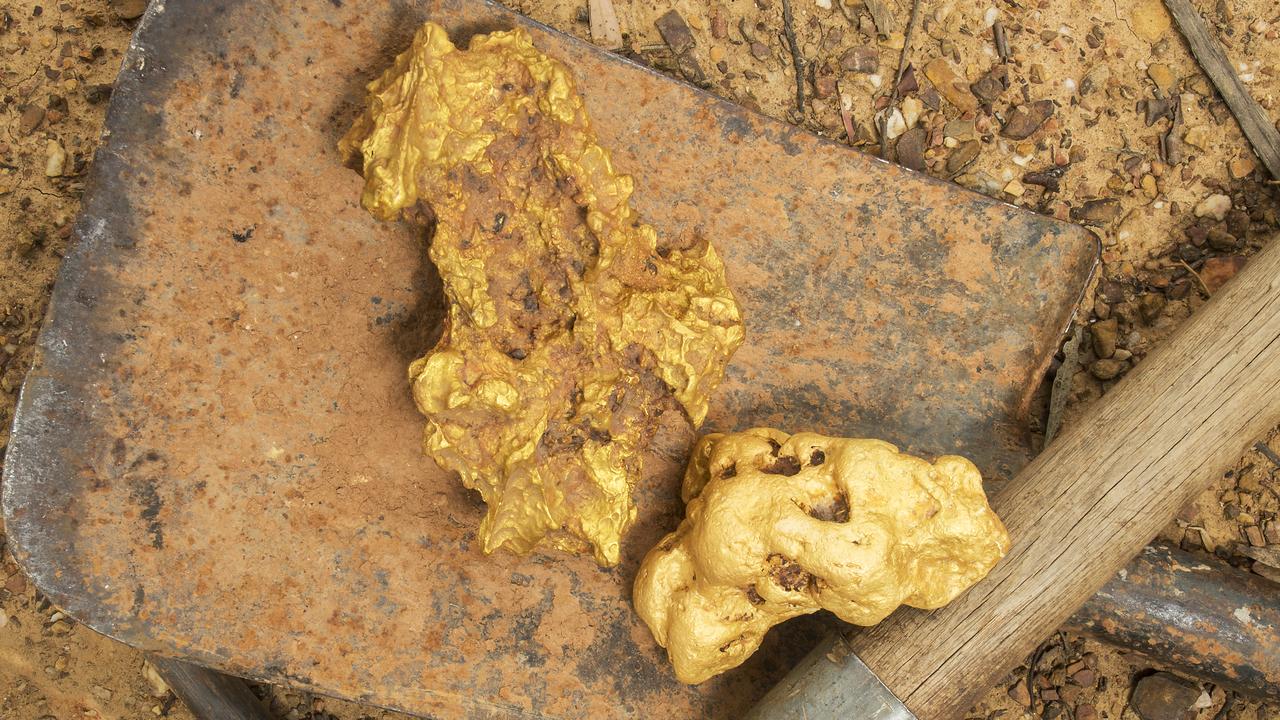
HOW TO FIND GOLD
PANNING: You’ll need a round metal pan – like a frying pan without a handle – and you’re most likely to find small nuggets and flecks* of surface gold in creeks. To use a pan, put a couple of handfuls of dirt or gravel in the pan with a lot of water and swirl so the water and the sand sloshes out. Gold is much heavier than sand and water so it sinks to the bottom and isn’t sloshed out. Use this method around creeks right at the start of the Gold Rush when there’s plenty of gold to be found. It you’re a child, this is a great way to find a few small bits of gold that miners miss when they’re in a hurry and are only looking for big nuggets to get really rich.
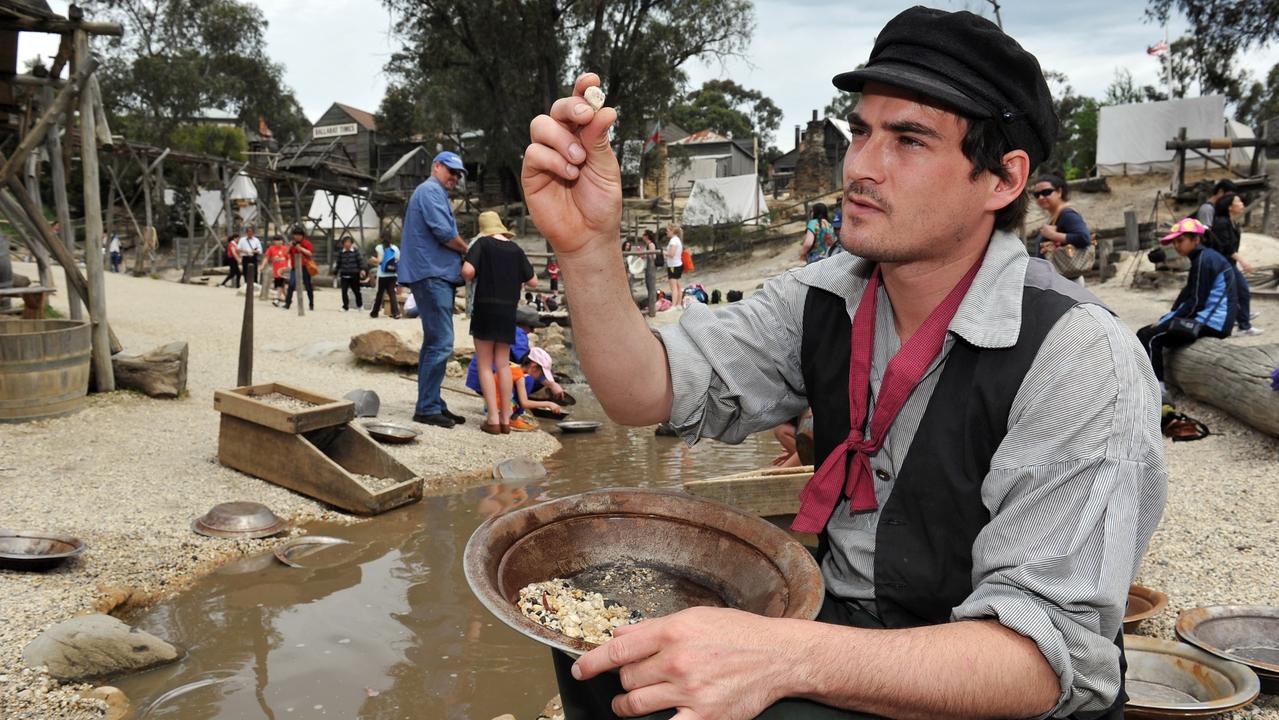
WASHING CRADLE: This looks a bit like a wooden baby’s cradle and is sometimes called a sluice* box or rocker box. You can search through a bigger quantity of rocks and sand more quickly than with a pan.
Shovel rocks and sand into the top of the cradle. A metal sieve allows the sand to fall through and catches big rocks. Look through the big rocks in case there is also a big nugget. Then pour water over the sand while rocking the handle of the cradle backwards and forwards. Wooden strips at the bottom, called riffles, catch the heavy gold but sand is washed away.
If you have someone mining with you, you can work together using the cradle, sharing the shovelling, pouring water and rocking the cradle.

PUDDLING: If there is clay mixed in with the sand and rocks where you are mining, you’ll need to dissolve the clay by mixing it with water in a tub. Stir well with a stick. Tip or bucket most of the clay and water mix out and then sort through the rocks in the bottom with a pan or in your cradle. Hopefully there’s some gold there after all that work.
SHAFT MINING: If there’s no gold left on top of the ground, you may have to use your pick and shovel to dig a hole to access fresh rock and dirt. The hole straight down is called a shaft. Most miners dig a square shaft, but if you’re Chinese, dig a circular shaft, which is much stronger and less likely to collapse and it will help you feel safer as there are no corner for evil spirits to hide in.
You’ll have to lift all the dirt and rocks up to ground level to wash it through your cradle. Once you’re underground a few metres you can start to tunnel sideways but you’ll need to prop up the roof and sides of your tunnels with wooden logs to stop them from collapsing. When your shaft is deep, make a frame for a winch* or windlass* over the top of your shaft with wood logs so that you can wind up the buckets of rocks and dirt. You’d best work together with a few people if you’re going to get into shaft mining as you’ll need people down below digging and filling buckets and people above ground winding the buckets up and washing the contents to find the gold.

DEEP SHAFT MINING: If you’re from Cornwall, Wales or Scotland, you may have mining experience. It’s worth hanging around after everyone else has moved onto the next goldfields and getting together with lots of other people to help buy equipment. You’ll need to dig really deep shafts and horses to wind the whim*, which is like a big winch. You’ll also need water pumps, as deep shafts often fill with water. For your own safety it’s also wise to have a wind sail, which works like a sail on a ship, to get fresh air down into the tunnels. You could find a massive amount of gold within layers of a white rock called quartz.

WHAT YOU WOULD EAT AS A MINER
How would you feel if, after all that incredibly hard work, tonight’s dinner was a tough old piece of strongly flavoured sheep meat called mutton that flies had been hovering around? It would be served as a kind of boiled stew, perhaps with gravy and a hard lump of flour-and-water bread called damper cooked in the ashes of the fire. It might be interesting to try once, but how about the same thing for breakfast, lunch and dinner for weeks at a time with no more than a cup of black tea to liven things up?
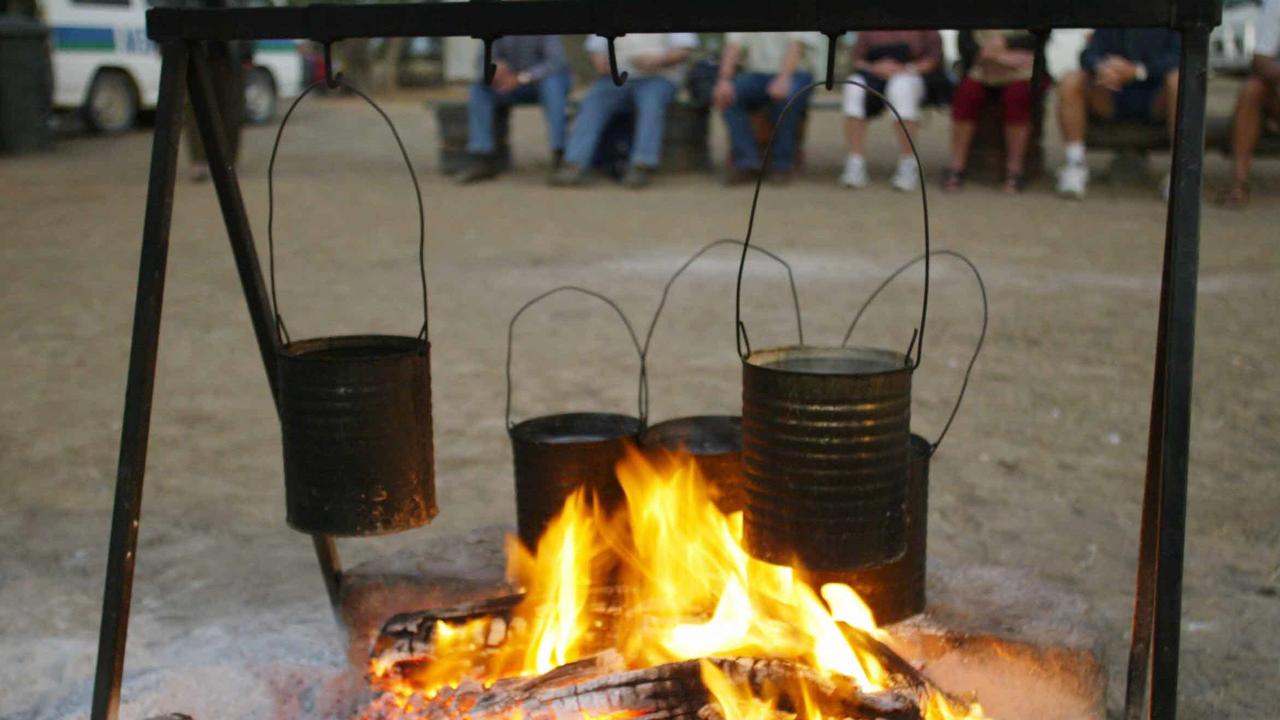
One miner, sick of his food, wrote the following: “We had to content ourselves with mutton and damper three days a week, and damper and mutton on the other four days.”
For variety, miners often caught native birds such as parrots and cockatoos, which were baked into pies. Some even tried “jackass pie”, which was made with kookaburra.
As more people arrived, they brought chickens (for meat and eggs), potatoes, preserved food such as tinned oysters and fish and jars of jam and pickled vegetables. It took a lot of effort to bring supplies to the goldfields, so the groceries were really expensive and you had to be finding a lot of gold to afford to buy interesting food.
The miners probably ate better if they had a family with them. In the 1850s, women usually had more experience cooking and could make the few available ingredients more interesting. And if you had children, you had someone to look after animals and plant and water a vegetable garden. The nightly dinner was usually still mutton stew and damper, but now can you imagine how excited you’d be if there were a few vegetables floating around in the stew and maybe even some jam for the damper?
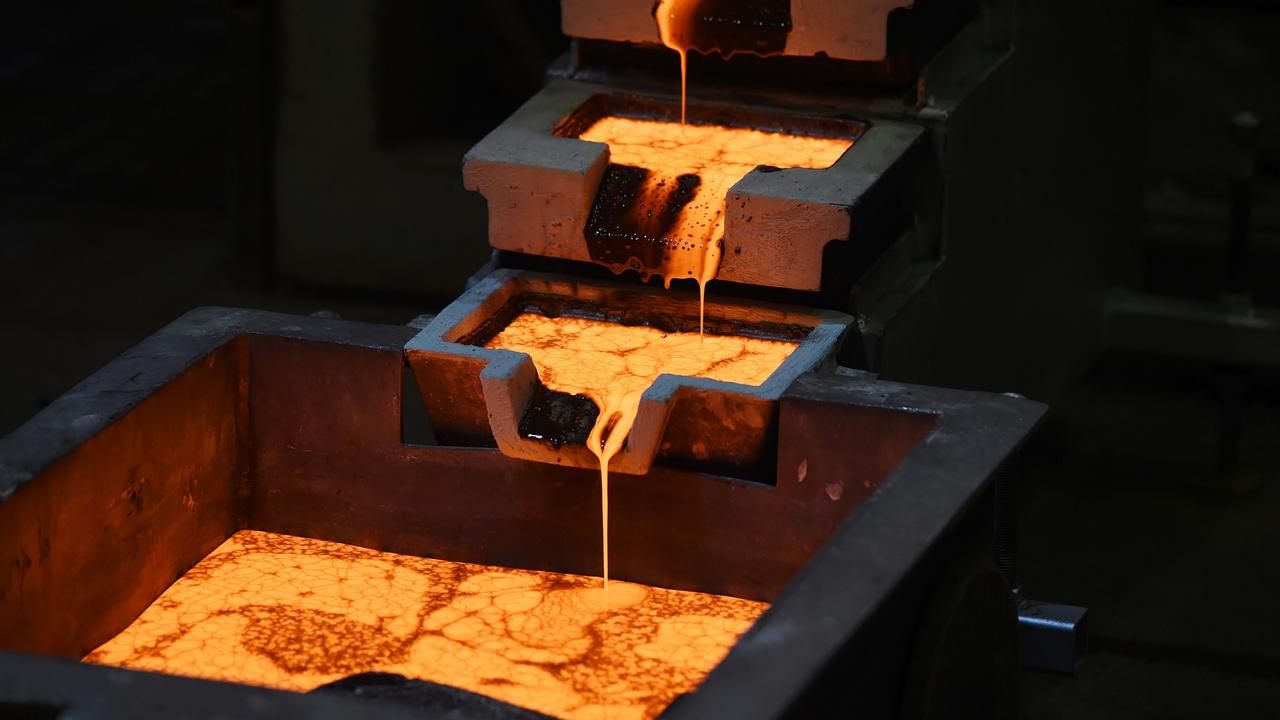
GOLD
– is a metal
– can be melted and poured into moulds
– is malleable, so can be hammered or pressed without breaking or cracking
– can be stretched into a thin sheet or wire
– conducts electricity
– has been valued for thousands of years
– is found as nuggets or in rocks, or washed along river beds mixed with sand
– when found as grains in river beds is called alluvial* (say uh-loo-vee-ul) gold
– is about six times heavier than rock and nearly 20 times heavier than water
– can’t be made by humans, although many have tried

EXTRA READING
Rough journey to the goldfields
A big multicultural melting pot
FOR ALL GOLD RUSH STORIES, click HERE
GLOSSARY
- flecks: a tiny speck
- sluice: rinse or shower with water
- winch: lifting equipment with a handle and rope or chain
- windlass: another word for winch
- whim: a big winch, sometimes wound by a horse walking in a circle pulling a handle, or by a machine
- alluvial: silt, gravel, sand, rocks and clay carried there by a flood, river or creek
LISTEN TO THIS STORY
25 CLASSROOM ACTIVITIES
For 25 classroom activities on this story and much more, go to kidsnews.com.au/goldrush to purchase the Gold Rush workbook for $20 inc GST.
SOURCES
- National Museum of Australia, nma.gov.au
- National Library of Australia, nla.gov.au
- State Library Victoria, slv.vic.gov.au
- State Library of NSW, sl.nsw.gov.au
- SBS, sbs.com.au/gold
- KidCyber, kidcyber.com.au/gold-rush-in-australia
- Growing up on the Australian Goldfields by Kimberley Webber, bit.ly/2nfbbqw
- Sovereign Hill, sovereignhill.com.au and sovereignhilledblog.com
